The newly-renovated mausoleum for the founder of the Roman empire Augustus reopened to the public this week after fourteen years of closure – and centuries of neglect.
“Until now we have always known it as a ruin, but it is one of the most important monuments of antiquity,” explained Alessia, a masked guide taking a small group of visitors on the labyrinthine route through five concentric enclosures.
“It was so majestic, they had never seen anything like this in Rome.”
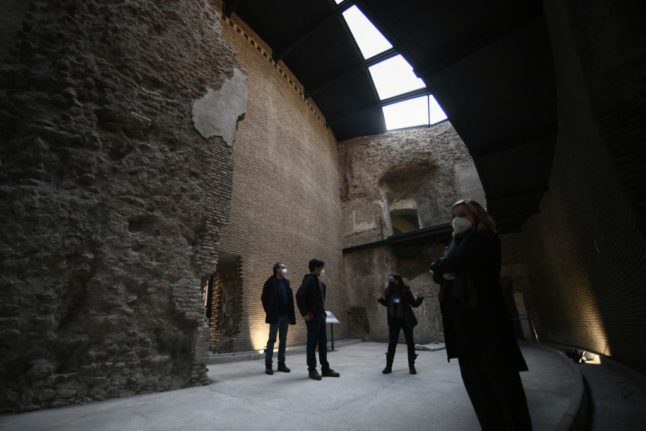
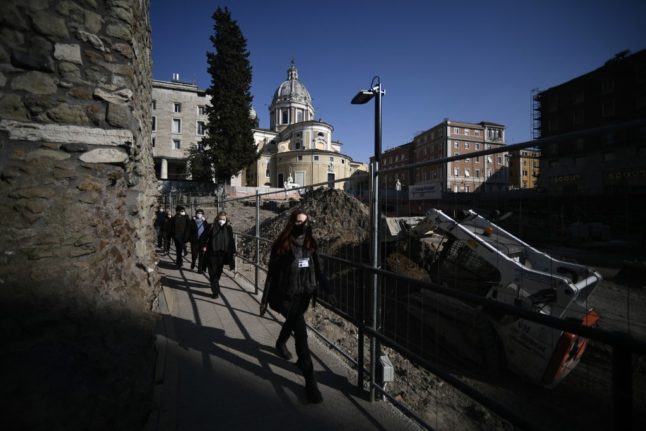
The vast Mausoleo di Augusto was built on the banks of the River Tiber between 28 and 23 BC as a monument to Augustus, the great-nephew of Julius Caesar who built the Roman empire during his 40-year rule.
The cylindrical base has a diameter of 90 metres, on top of which was planted a mound of cypress trees. On the summit, a bronze statue of thee mperor stood guard, taking the total height to 45 metres.
IN PHOTOS: Pompeii’s treasures go on display at reopened Antiquarium museum
At the centre of the mausoleum, originally clad in white marble and travertine, was a burial chamber reserved for Augustus and his wife Livia, while around them were further rooms reserved for members of their dynasty.
But it had fallen into such a state of disrepair, in ruins and overgrown with weeds, that modern-day Romans described the site as a “rotten tooth”.
After the fall of the Roman empire, the mausoleum lost its relevance as a burial site and like other Roman monuments was put to a variety of uses by the generations that followed.
It was a fortress in the Middle Ages, then a Renaissance garden, an arena for bulls and buffalo fighting, and in the early 1900s a concert hall was built over it.
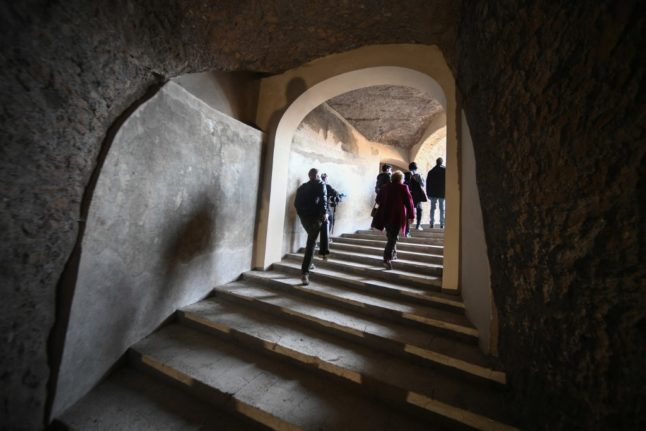
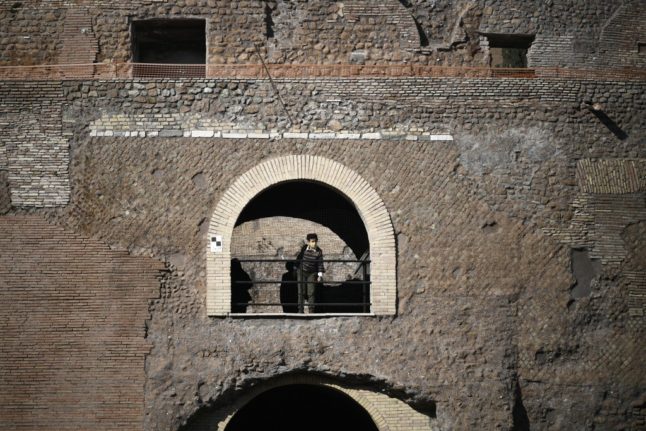
Photos by Filippo Monteforte/ AFP.
The mausoleum was brought back into public display in the 1930s by fascist dictator Benito Mussolini, who sought to present his regime as the heir of the ancient Roman empire.
As a result of all these conversions, only 30 percent of the original monument remains, and the spoils of Augustus and his family have long disappeared.
But the restoration of the square in front of the building, which currently lies seven metres below ground level, has made it more visible and ensures it finally gets the attention it deserves.
The mausoleum was closed in 2007 and the restoration works are not yet complete, as evidenced by the crane overhanging the site and the swarms of contractors bustling around.
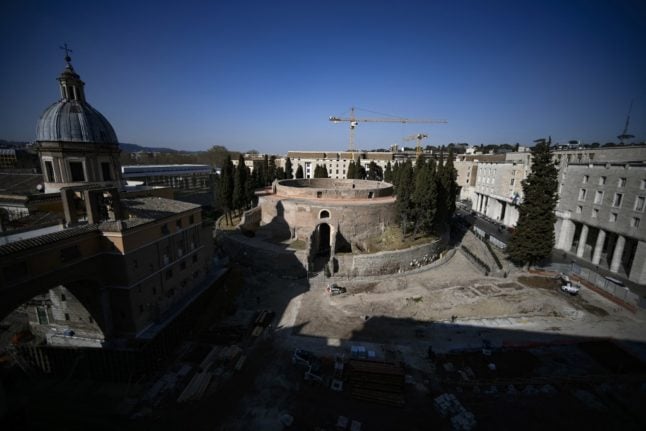
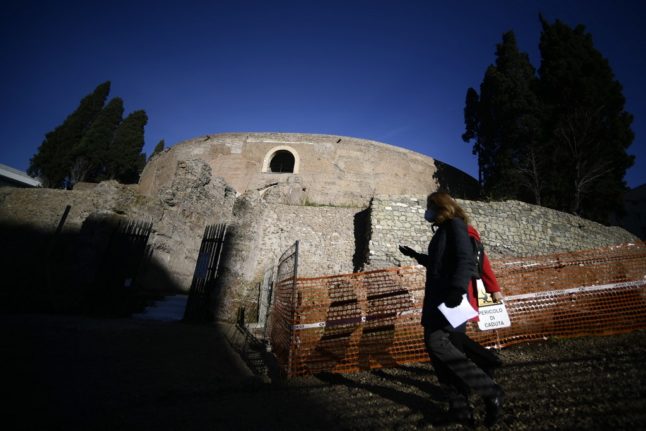
Such is the scale of the building that experts believe Augustus was probably inspired by the tomb of Alexander the Great in Alexandria in Egypt, or the mausoleum of Halicarnassus, now in Turkey, which was considered one of the seven wonders of the ancient world.
Gianluca Carli, a 38-year-old Roman, was overwhelmed after his first visit.
“It’s a lot of emotion, as a Roman in love with his city, the idea of regaining possession of a part of my heritage,” he told AFP.
“I feel a bit like the guardian of this city. So to be able to set foot again in such a mausoleum, so beautiful.”
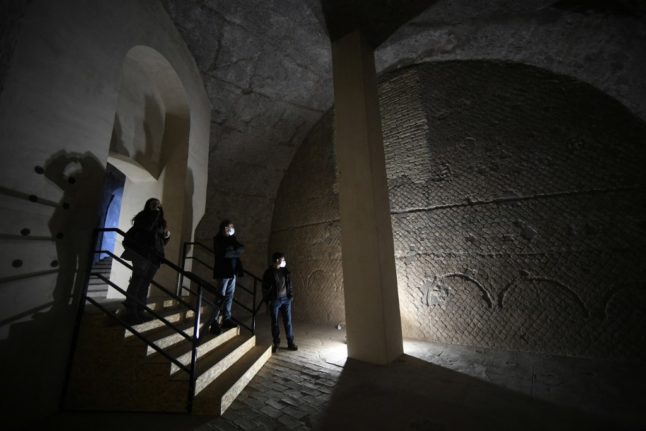
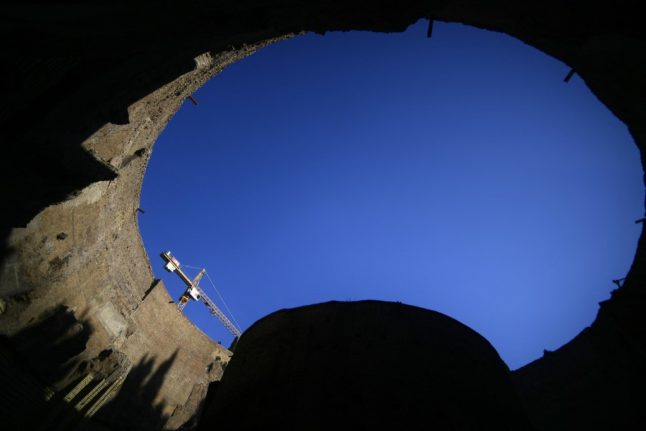

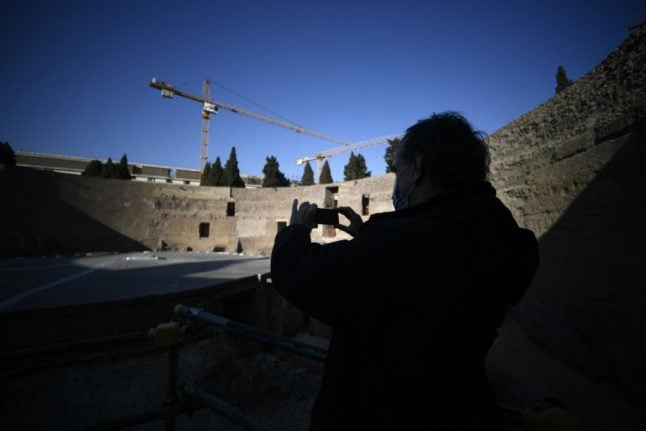
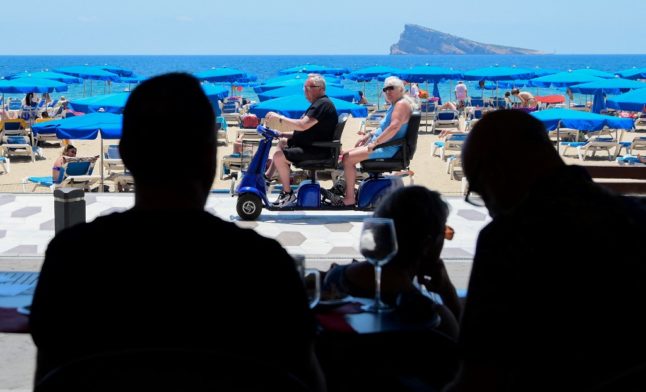
 Please whitelist us to continue reading.
Please whitelist us to continue reading.
Member comments